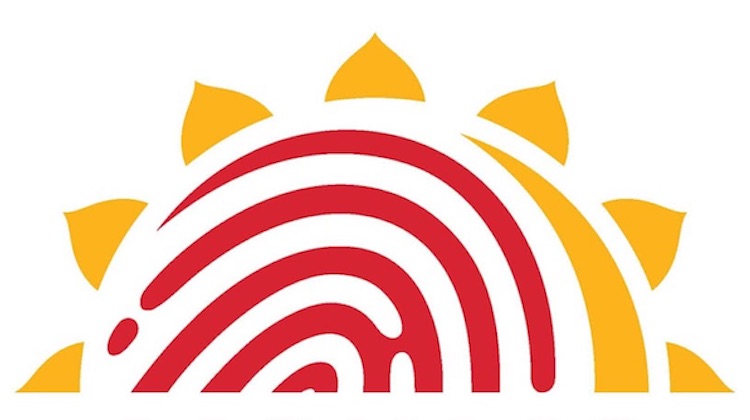Data
Inside Aadhaar, India’s massive digital identity program
- Aadhaar is hardly the gold standard of digital identity systems but identity experts often refer to it as an example of how an government-mandated scheme could work at scale
- The impact of a strong digital identity scheme affects banks, payments, security, compliance and financial inclusion -- and Aadhaar's is already seeing results.









